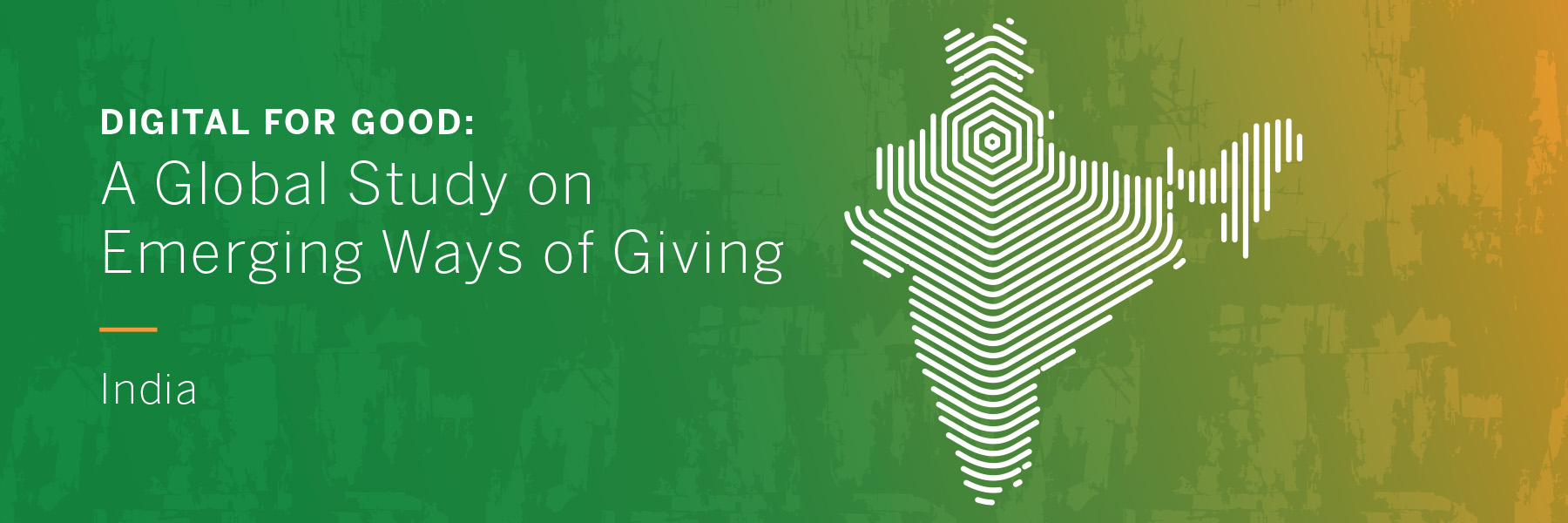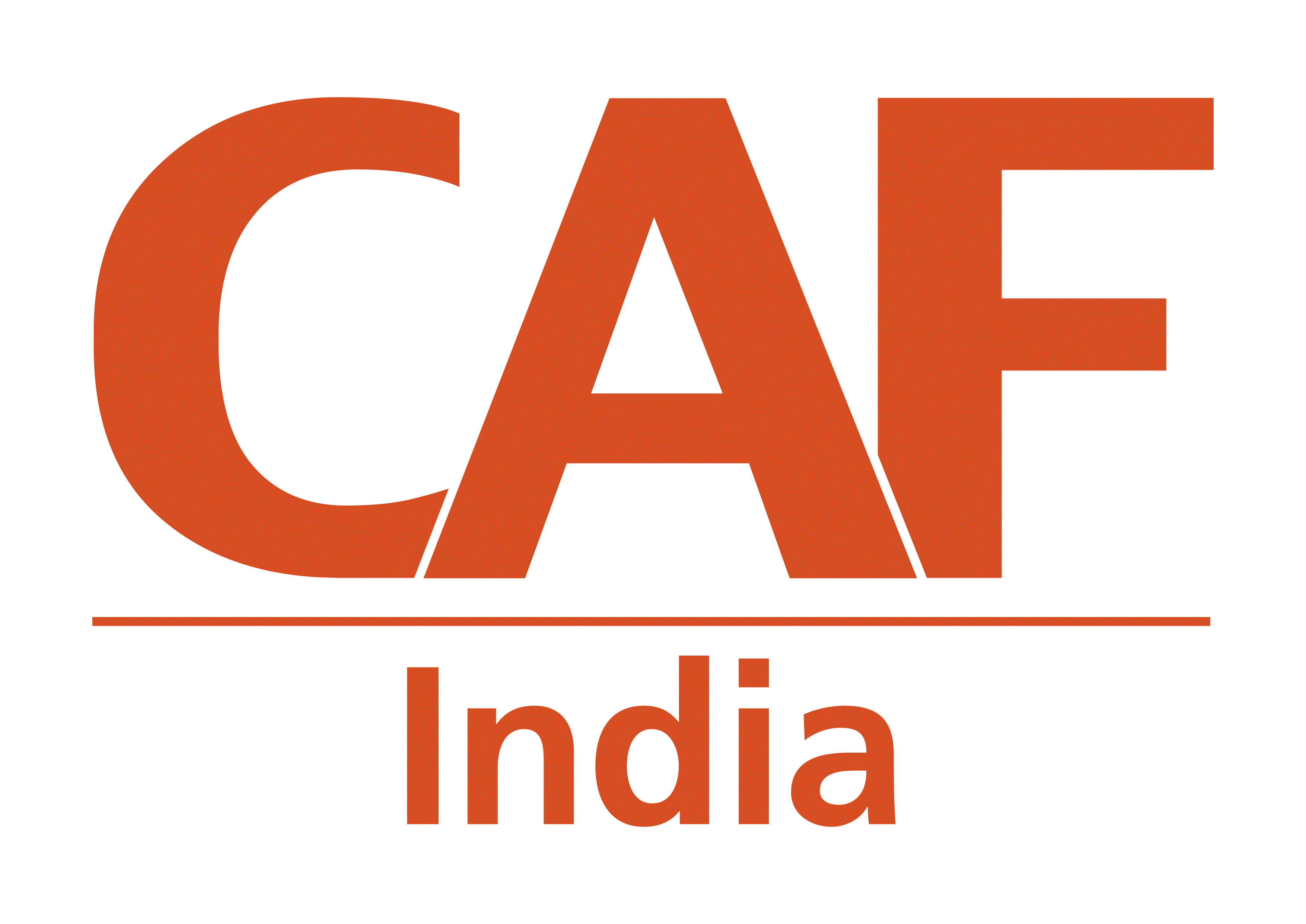Digital for Good: India
Country Overview
In India, the connection between religion and giving is especially important, as almost all religions have some component of philanthropy engrained in them. Hindus consider ‘Daan’ (or giving) as one of the greatest virtues and provider of ‘Moksh’ (liberation). In Sikhism, ‘Dasvandh’ directs one to donate one tenth (10 percent) of their income in the form of ‘Seva’ (act of assistance or service). Indian Muslims adhere to the principles of ‘Zakat’ and ‘Sadaqa’ to help those in need. Christians in India mostly donate to schools and hospitals. Along with religious giving, prominent families and business houses give back to communities recognizing their role in supporting social welfare.



